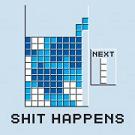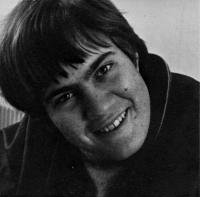So after falling into the rabbit hole in the "Is Rodgers getting a free pass" thread, I've put together an analysis of 4th quarter comebacks by situation to get a more accurate reading of just how "clutch" offenses (and their starting QBs) are. To do so, I've gone back and taken a look at team play-by-plays in close games. I'll periodically (maybe) post this analysis for as many QBs as I possibly can without going insane.
Methodology:
I'm defining a 4th quarter comeback (4QC) opportunity by situations in which a team is down by one possession, and said team has the opportunity to tie or take the lead.
First I am aggregating the total number of such 4QC opportunities.
Next, I am breaking down each 4QC opportunities by the following situations and applying a weighted number to them. The situations are:
1. Wins where an opponent drive was impossible after go-ahead score (e.g. an OT win, or a score with less than 1:00 remaining). The weighted value = 3.
2. Wins where only one defensive stop preserved the victory after a go-ahead score, where more than 1:00 remained. The weighted value = 2.
3. Wins where more than one defensive stop preserved the victory after a go-ahead score. The weighted value = 1.
4. Losses where lead or tie was achieved, but the defense gave up the lead/tie with no chance to come back. The weighted value = 0.
5. Losses where a lead was taken, but the lead was subsequently given up by the defense, but there was still enough time to win (> 1:00). The weighted value = -1.
6. Losses where a tie was achieved, and there were chances to take the lead, but the offense failed to do so. The weighted value = -2.
7. Losses where the team was unsuccessful in achieving the tie or go-ahead score. The weighted value is = -3.
So here's the formula for 4th quarter comeback prowess:
4QC Rating = (3*(Wins where an opponent drive was impossible after go-ahead score) + 2*(Wins where only one defensive stop preserved the victory after a go-ahead score) + 1*(Wins where more than one defensive stop preserved the victory after a go-ahead score) + 0*(Losses where lead or tie was achieved, but the defense gave up the lead/tie with no chance to come back) + -1*(Losses where a lead was taken, but the lead was subsequently given up by the defense, but there was still enough time to win) + -2*(Losses where a tie was achieved, and there were chances to take the lead, but the offense failed to do so) + -3*(Losses where the team was unsuccessful in achieving the tie or go-ahead score)) / (Total number of 4th quarter comeback opportunities)
That is, 4QC rating is equal to the weighted sum of all 4th quarter comeback attempt outcomes, divided by the total number of 4th quarter comeback opportunities.




 Reply With Quote
Reply With Quote



